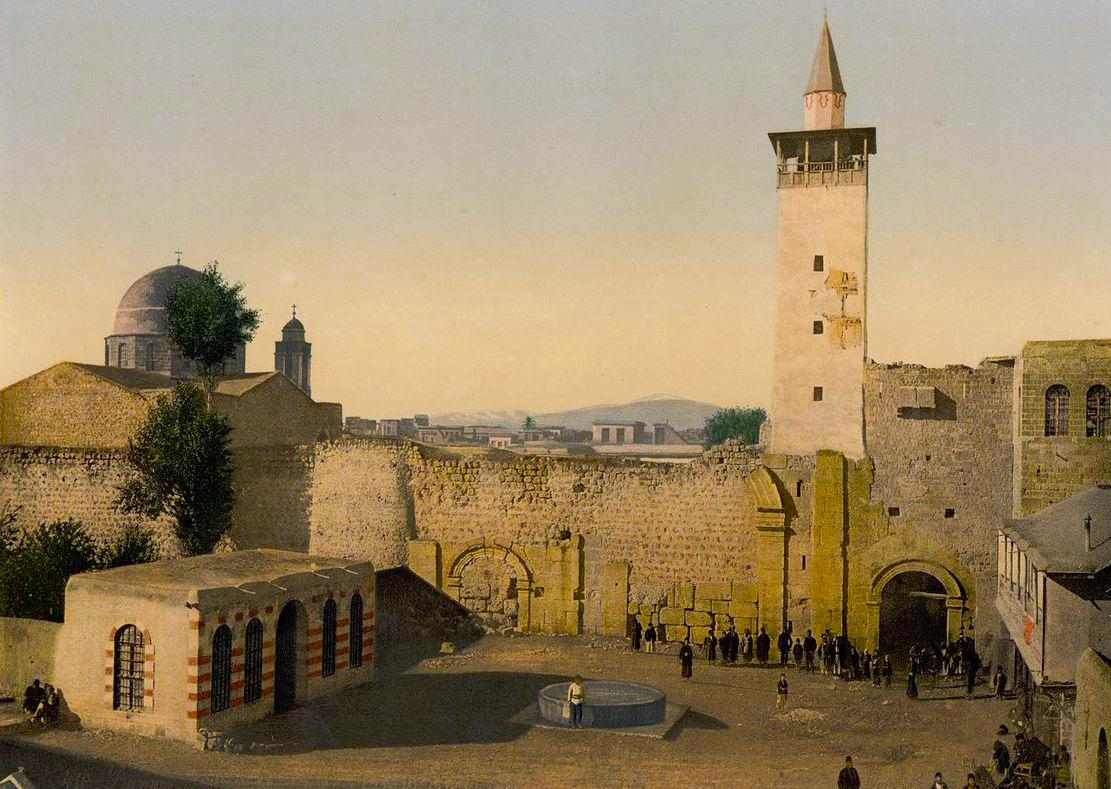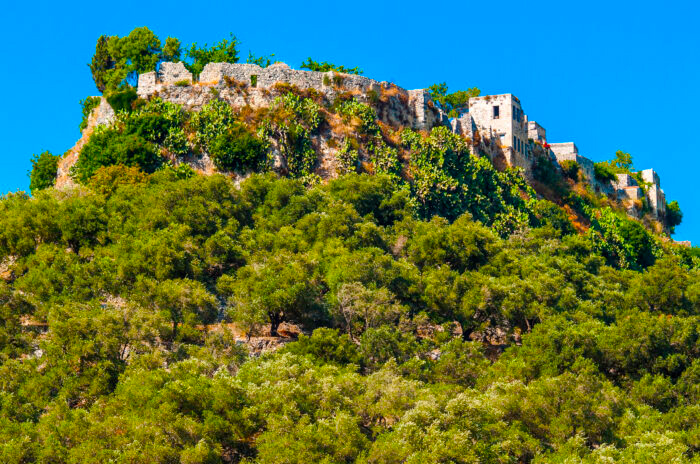The rugged mountains along Syria’s western coast are home to several medieval fortresses built to protect trade routes, settlements, and religious communities. These mountain fortresses showcase the strategic military architecture of the 11th and 12th centuries, often utilizing natural terrain features like cliffs and caves for defense. Each fortress tells a story of resilience and tactical mastery during periods marked by frequent conflict between local powers, Crusaders, and regional rulers.
Smart Chart: Quick Info
| Site Name | Location | Era | Brief Info |
|---|---|---|---|
| Qalaat al-Kahf | Near al-Shaqrah, Hama | 12th century | Main Ismaili fortress, once home to Rashid ad-Din Sinan. |
| Qalaat al-Khawabi | Tartous countryside | 12th century | A fortified village turned Ismaili center. |
| Qalaat al-Ileiqeh | West of Masyaf | 12th century | Smaller Ismaili stronghold with steep access. |
| Qalaat Bani Qahtan | Jableh region, Latakia | 11th–12th century | Overlooks the coast; little remains but foundations. |
Qalaat al-Kahf
Located near the village of al-Shaqrah in the Hama countryside, Qalaat al-Kahf—meaning “Castle of the Cave”—is renowned for incorporating a natural cave into its defensive structure. This castle was a significant stronghold in the 12th century and is historically linked with powerful local rulers.
Although much of the castle is now in ruins, its remaining walls and foundations reveal a complex system of fortifications designed to withstand sieges. The site’s dramatic location on rocky terrain offers commanding views of the surrounding valleys.
Qalaat al-Khawabi
Qalaat al-Khawabi stands in the Tartous countryside as a fortified village, blending military and civilian functions. Built primarily in the 12th century, this site functioned as both a defensive post and a community center for the mountain population.
The fortress features towers, thick walls, and storage areas, indicating its importance for local defense and resource protection. Its partial habitation in recent times connects past and present, making it a living monument of mountain resilience.
Qalaat al-Ileiqeh
West of Masyaf, Qalaat al-Ileiqeh crowns a steep hill, strategically positioned for maximum defensive advantage. Dating from the 12th century, this smaller fortress served as a lookout point within a network of regional defenses.
Though in ruins today, the fortress’s location and remaining stonework illustrate medieval military priorities: control of mountain passes and early warning against incursions.
Qalaat Bani Qahtan
Situated in the Jableh region near Latakia, Qalaat Bani Qahtan overlooks the Mediterranean coast from its elevated perch. Built between the 11th and 12th centuries, it served as a sentinel watching over coastal and inland routes.
Though only foundation stones and partial walls remain, the site’s strategic position offers insight into medieval defensive planning along the coast and mountains.
Architectural Features and Military Significance
The mountain fortresses reflect advanced medieval military architecture adapted to the challenging topography of the Syrian coastal mountains. Builders maximized natural defenses by situating castles on cliffs, ridges, or hills with steep approaches, reducing the need for large garrisons. Stone walls, towers, and narrow gateways were constructed to withstand prolonged sieges. Many fortresses incorporated cisterns and storage rooms to secure water and provisions, essential for survival in isolated locations. The strategic placement of these castles also facilitated communication between sites via signal fires or mounted messengers, creating a defensive network across the rugged terrain. This architectural and strategic sophistication illustrates the importance of these fortresses not only as military installations but also as symbols of regional power and control during the 11th and 12th centuries.
Visiting the Mountain Fortresses
These fortresses are largely off the main tourist trail, offering visitors an authentic experience of Syria’s medieval mountain heritage. Access can be challenging due to rugged terrain and limited infrastructure, so proper preparation is essential.
Exploring these sites rewards travelers with breathtaking views, peaceful surroundings, and a tangible connection to the region’s layered history of defense and survival.
Suggested Itinerary (2 days)
- Day 1: Begin near Hama → Visit Qalaat al-Kahf → Proceed west to Qalaat al-Ileiqeh
- Day 2: Travel to Tartous countryside → Explore Qalaat al-Khawabi → End at Qalaat Bani Qahtan near Latakia
Conclusion
The Mountain Fortresses of Syria’s coastal range stand as enduring symbols of medieval ingenuity and strategic acumen. While time and conflict have left many in ruins, their locations and remnants continue to tell stories of the past — of mountain communities who fortified their homes and held their ground against shifting powers.
For history enthusiasts and adventurous travelers, these fortresses offer a unique window into Syria’s complex medieval heritage.



